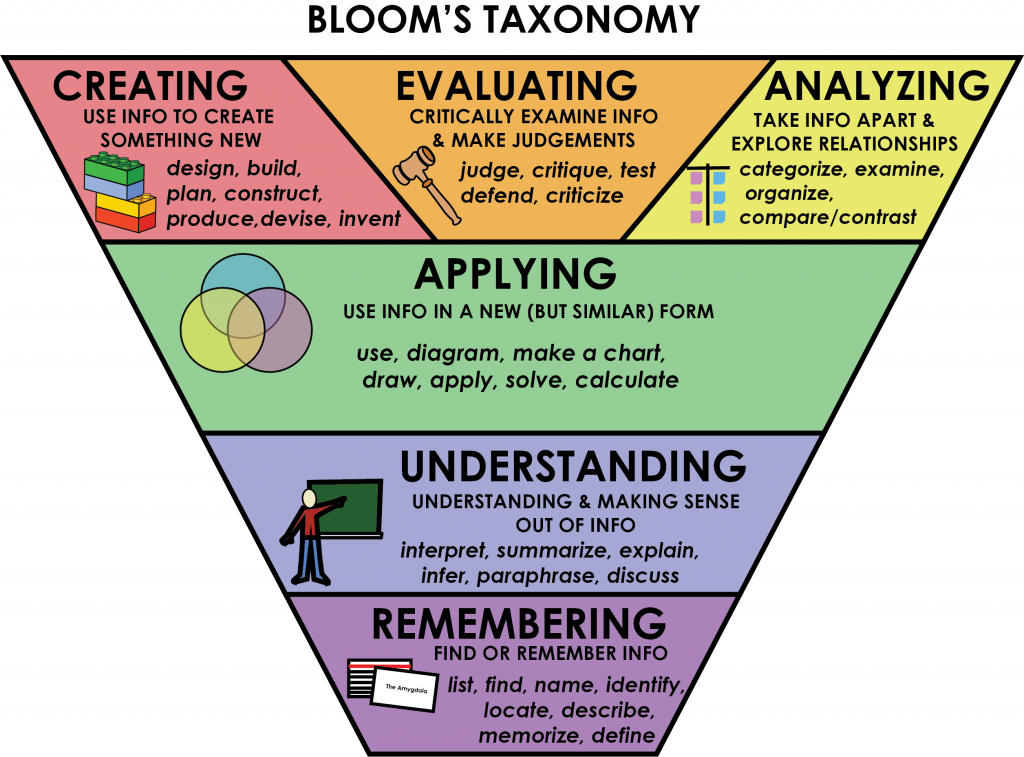Identify your learning goals
Why Start with Learning Objectives?
Switching course materials is an opportunity to rethink the design of a course. One planning technique that's helped me become more focused and effective as an educator is Backward Design (link to Wikipedia), applied to curriculum development by Grant Wiggins and Jay McTighe. As Ryan Bowen from the Vanderbilt University Center of Teaching explains, "If done thoroughly, [backward design] eliminates the possibility of doing certain activities and tasks for the sake of doing them. Every task and piece of instruction has a purpose that fits in with the overarching goals and goals of the course." In other words, before finding an open substitute for your textbook, it helps to first reflect on how to help your learners reach their course goals.
Backward design begins with what you want your students to know or be able to do by the end of the course (your learning goals, objectives, or outcomes). Why start here? Consider a metaphor used by Mary Burgess, Executive Director of BC Campus. She says learning design work is more like air travel: I want to buy a ticket to Portland and end up in Portland. I don’t want to buy a ticket to Portland and end up in Toronto. And I don’t want to buy a blank ticket that comes with a vague promise that it’s about the journey.
Learning objectives should be specific and measurable so that you can assess whether students have met them (we'll talk more about this in the next section). You may have around 5 overall objectives that express what your students will know or be able to do by the end of the quarter. There may be institutional or professional objectives that you don’t get to choose or modify (though it may help to rewrite them in language that makes more sense to you, or that express them in terms that are measurable). Learning objectives often use the phrase “In order to.” Examples:
- Recognize different business information needs in order to choose appropriate research tools.
- Synthesize data and information from a variety of sources in order to draw your own conclusions in real-world business situations.

[long description of Blooms Taxonomy]
Attributions
Text: "Why start with learning objectives" was modified from "Backwards design" and "Learning objectives" in the OER Course Redesign Training: Open Ed Week Sprint [Canvas Commons course] by Amy Hofer/Open Oregon Educational Resources. Used under CC BY 4.0.
Text: "Understanding by design" by Ryan S. Bowen from the Vanderbilt University Center for Teaching is CC BY-NC 4.0.
Image: "Bloom's Taxonomy" by Rawia Inaim in Learning to Learn Online is CC BY-SA 4.0
Learn More
Wiggins, G., & McTighe, Jay. (1998). Understanding by design [get it from the library]. Alexandria, Va.: Association for Supervision and Curriculum Development.
Última modificación: jueves, 24 de octubre de 2019, 12:09